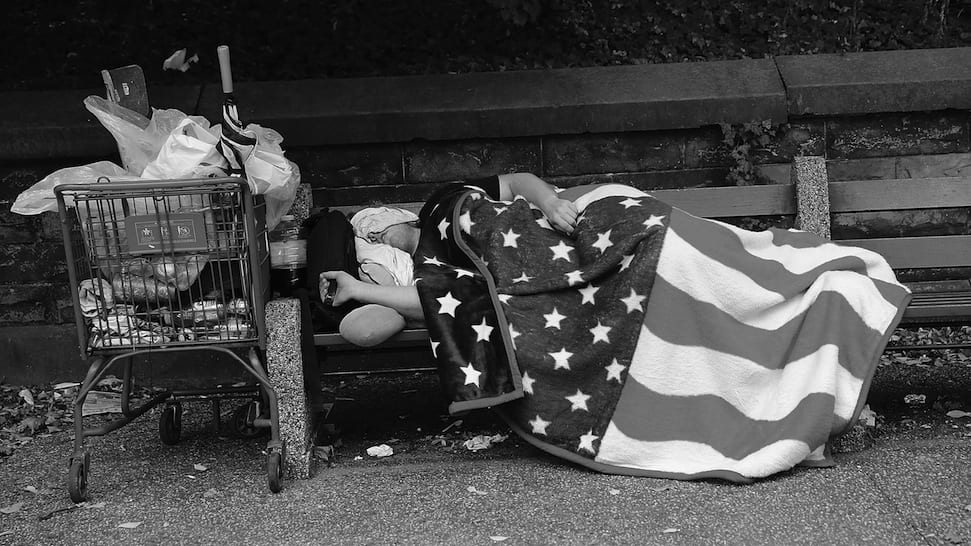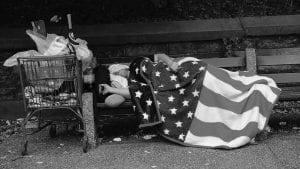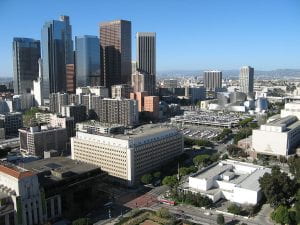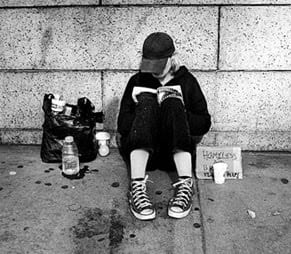Known as black gold, petroleum has long been, a valuable resource that many of us benefit from during our daily lives. The petroleum industry’s products range from transportation to even the feedstocks that make the “plastics and synthetic materials that are in nearly everything we use.” Shockingly, the United States has consumed almost 7.5 billion barrels of oil per year, with about 46% of it used as motor gasoline. However, “there is an alarming record of human rights abuses by governments and corporations associated with fossil fuel operations,” ranging from relocation to even suppression of critics.
What is Petroleum?

Known officially as crude oil, petroleum is a fossil fuel that can be found underneath the Earth’s surface in areas known as reservoirs. Petroleum is mainly used for gasoline that fuels most cars in the world. Petroleum is also used as diesel, jet fuel, heating oil, propane, and others.
However, petroleum is not just a fuel source. Many factories and production sites use petroleum in order to make “crayons, dishwashing liquids, deodorant, eyeglasses, tires, and ammonia.”
Beginnings of the Petroleum Industry
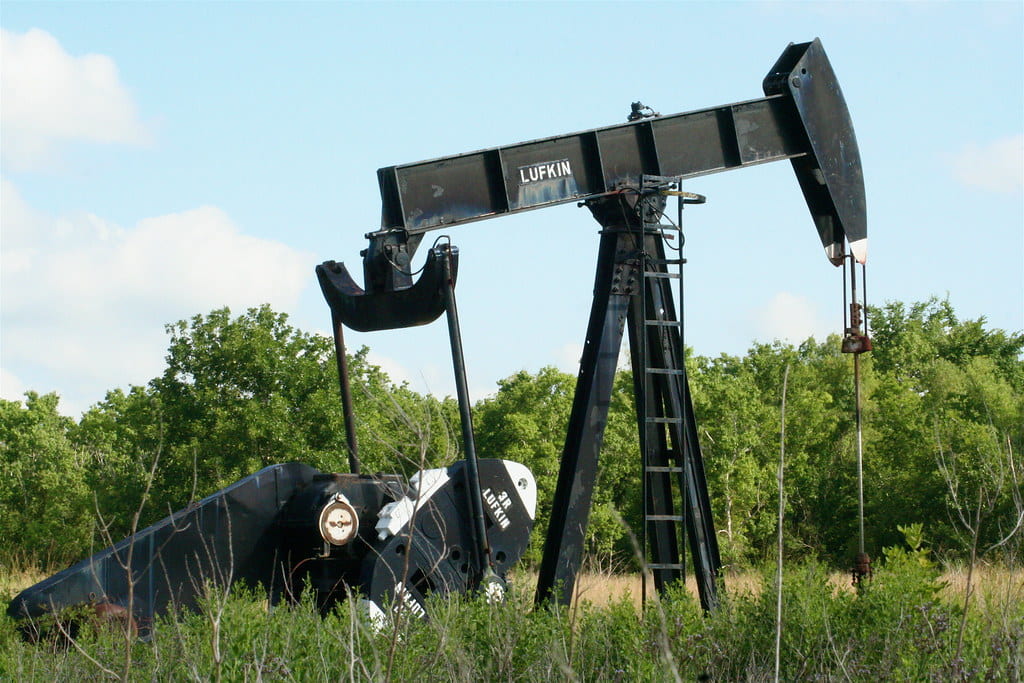
Through the growing and prosperous iron and steel industry, the 20th century became a period of “great change and rapid industrialization.” However, the birth of the railroad and new construction materials gave way to the petroleum industry offering an alternative source of fuel needed in everyday life.
In Texas, the discovery of the Spindletop oil reserve allowed for the creation of hundreds of oil companies, especially Texaco and Golf, and for the massive decrease in oil prices, from “$2 a barrel to 3 cents.” In 1901, the Hamill brothers, contracted to drill into the ground using a steam engine, came into contact with 160-million-year-old crude oil, shooting up in a geyser meters high. They had anticipated 50 barrels of oil being produced in a day, but more than 80,000 barrels were being produced each day, enriching the backers of the oil rig exponentially.
When talking about the history of oil, one must never forget one of the key figures in the industry, John D. Rockefeller. Through his experience in entrepreneurship and organization, he became a leading figure in the oil industry by creating the Standard Oil company, one of the “world’s greatest corporations.” Through a monopoly, his company integrated itself both horizontally and vertically by eliminating competition and making products cheaper and production more efficient.
The discovery of the Spindletop oil reserve allowed for competition against Standard Oil, through the rise of the Texas Company and the American Gasoline Company (Shell Company of California during the mid-1910s). However, because of Standard Oil’s attempts to “monopolize and restrain trade,” the Supreme Court decided to split up the company into 34 smaller companies.
Oil in the World
Reserves can be found all over the world, but there are countries that produce more oil simply due to the vast reserves found underneath the Earth’s surface. In the United States, the five largest oil producing states are Texas, Alaska, California, Louisiana, and Oklahoma. In the world, the top oil producing countries are Saudi Arabia, Russia, the United States, Iran, and China. The need for oil in the United States surpasses the amount it can produce, generating the need to import oil from Canada, Saudi Arabia, Mexico, Venezuela, and Nigeria.
Looking closely at the top producers of oil in the world, you may notice that two countries in the top five are countries in the Middle East, each with their own host of problems regarding human rights. They range from Saudi Arabia’s supposed killing of journalist Jamal Khashoggi in 2018 and the killing of more than 6,500 Yemeni civilians as a result of numerous airstrikes against the Houthi rebels to Iran’s crackdown on peaceful protestors and the presence of Iran’s death penalty for most extreme offenses. Allegations of human rights abuses also extend to China as well, where Xi Jingping has removed term limits for the president and enabled the mistreatment of Muslims living in northwestern China. Many consider these human rights issues are due to something called the “Resource Curse,” where the abundance of natural resources in developing countries, like oil, usually lead to “economic instability, social conflict, and lasting environmental damage.”
Oil and Human Rights in the United States
If you read the news as much as I had a couple of years back, then you might recall a certain conflict occurring in North Dakota regarding the Dakota Access Pipeline. The Dakota Access Pipeline, built by Texas-based Energy Transfer Partners, is designed to transport more than 500,000 barrels of crude oil everyday from North Dakota to Illinois. Proposed by Energy Transfer Partners in 2014 and completed in 2017, many interest groups protested the pipeline, ranging from environmental activists to the Standing Rock Sioux tribe.
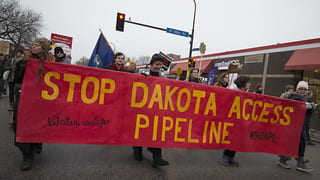
The pipeline currently travels under the Missouri River, a source of drinking water for the Standing Rock Sioux tribe as well as a source of biodiversity in the environment. Part of the reason for the protests include the damage to the water supply that said pipeline could inflict if leaking occurs which is justifiable due to the more than 3,300 occurrences of leaks since 2010 at many pipelines in the United States.
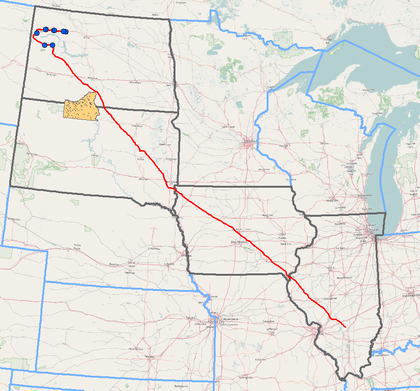
Reactions towards the protestors have also been extreme, as Maina Kiai, UN Special Rapporteur, has reported. The North Dakota National Guard, law enforcement officials, and private security organizations have used extreme force, shown through the use of “rubber bullets, tear gas, mace, compression grenades, and bean-bag rounds.” These reactions have been in violation of the U.S. Constitution, specifically the First Amendment. Although some protests have become violent, Kiai suggests that “the response should remain strictly proportionate and should not impact those who protest peacefully.”
“The right to freedom of peaceful assembly is an individual right and it cannot be taken away indiscriminately or en masse due to the violent actions of a few.” — Maina Kiai
By also having part of their cultural homeland destroyed during the construction process, the company contracted for this project is violating the United Nations Declaration on the Rights of Indigenous Peoples, where Article 8 of the Declaration clearly states that “Indigenous peoples and individuals have the right not to be subjected to forced assimilation or destruction of their culture.” However, it is clear to note that U.S. support does not consider the Declaration as a “legally binding or a statement of current international law,” but instead a political or moral force.
Economic trends and forces have commanded the way in which our country has treated those who have been disenfranchised and harmed culturally. The creation of the Dakota Access Pipeline is merely an example of the effect that these economic interests can have on native populations, the environment, and the treatment of those peacefully protesting. Although the pipeline’s main intent is to provide a source of energy for the United States, the threat to harm a cultural tribal site can lead to the destruction of homes for many residents.
